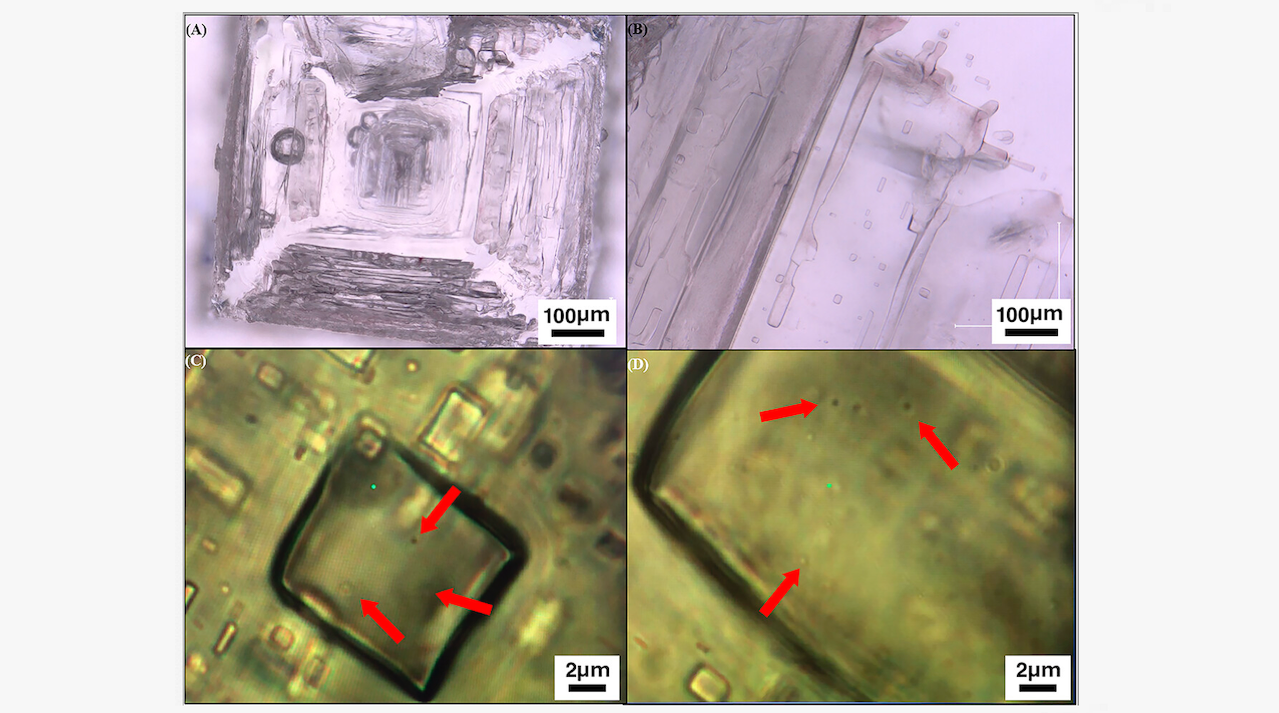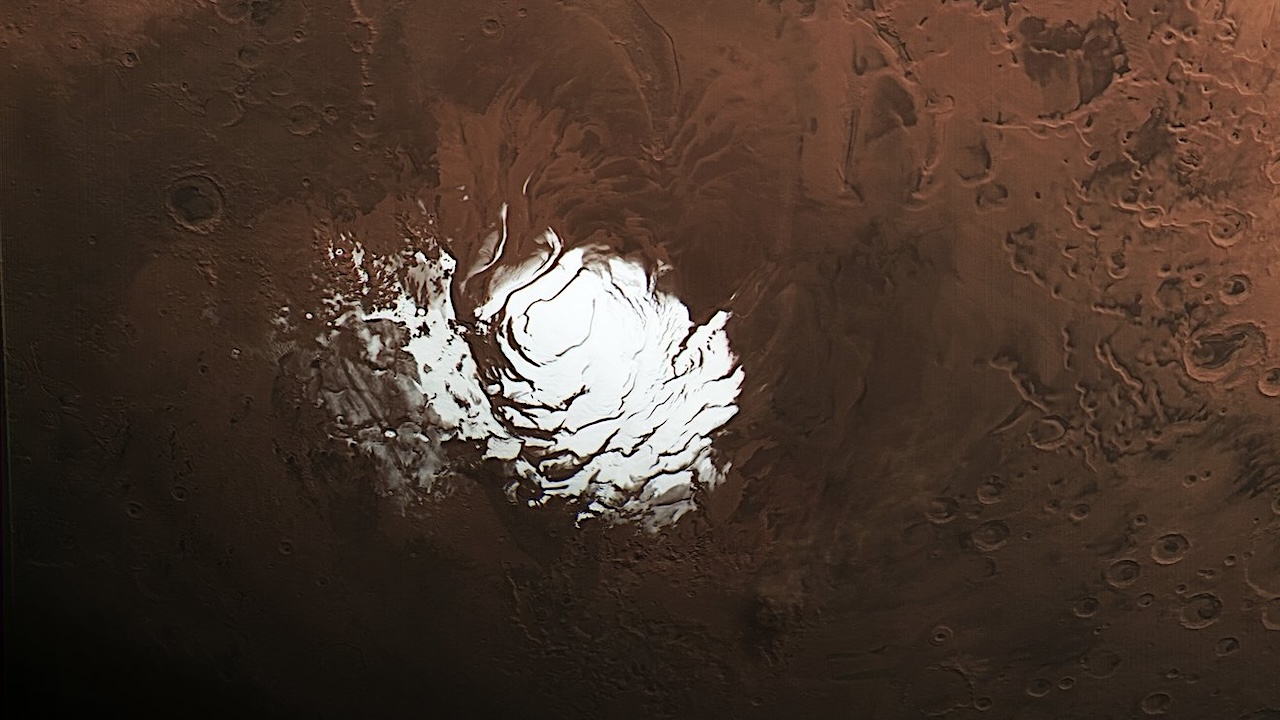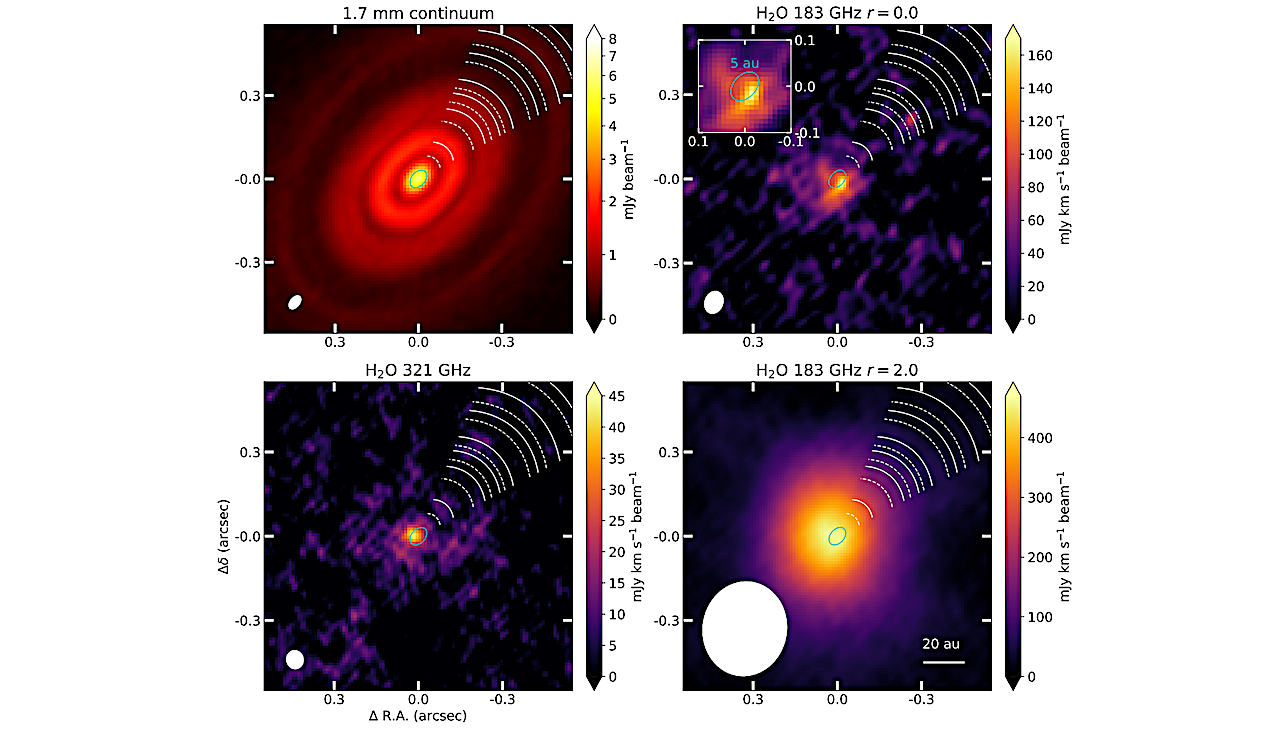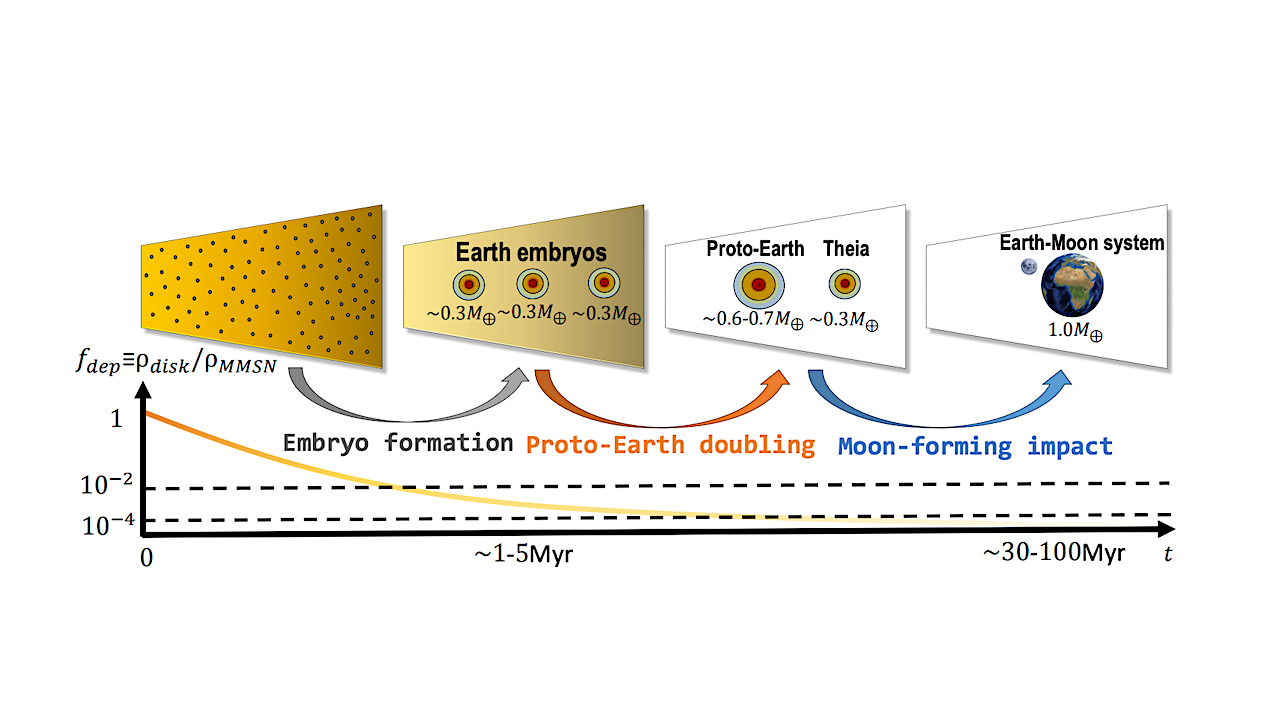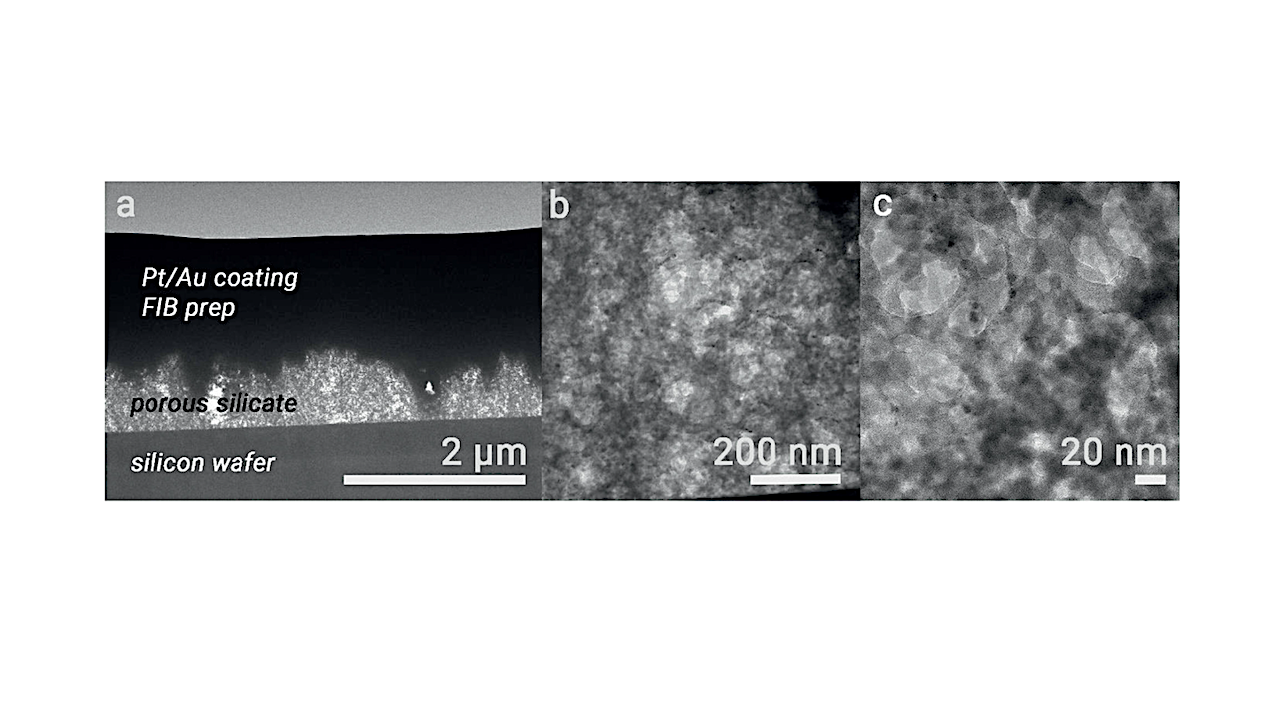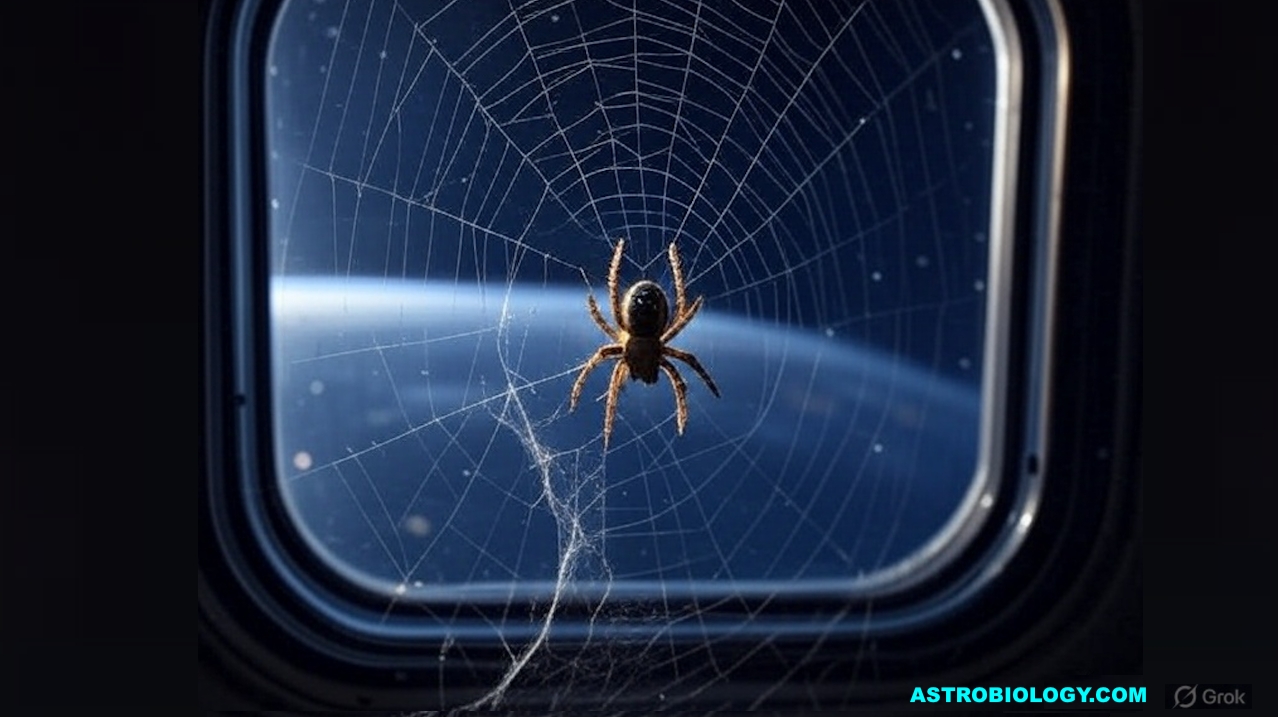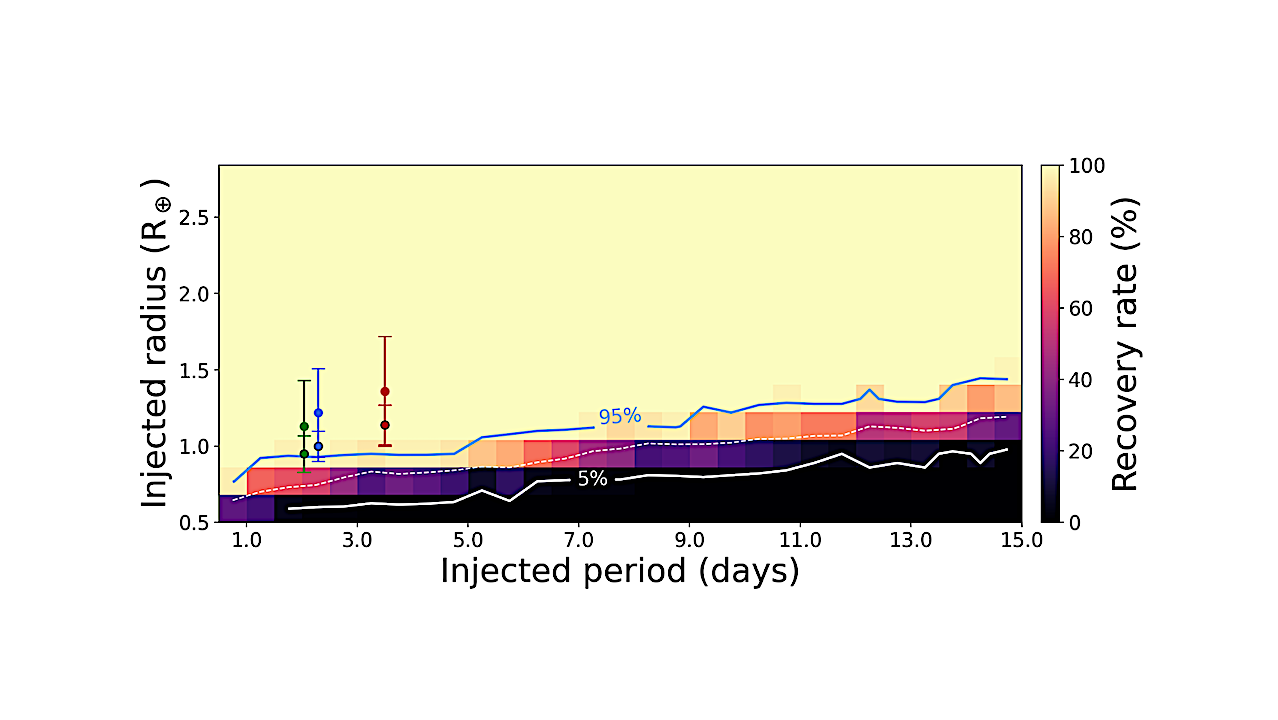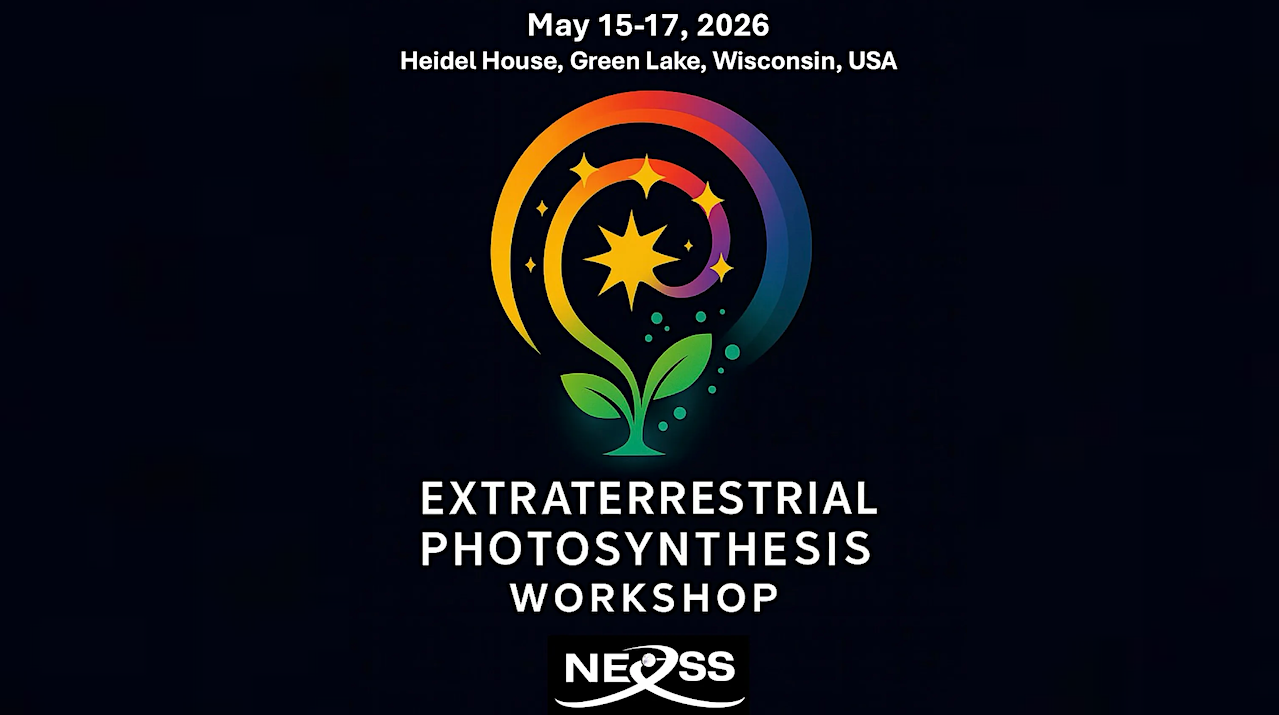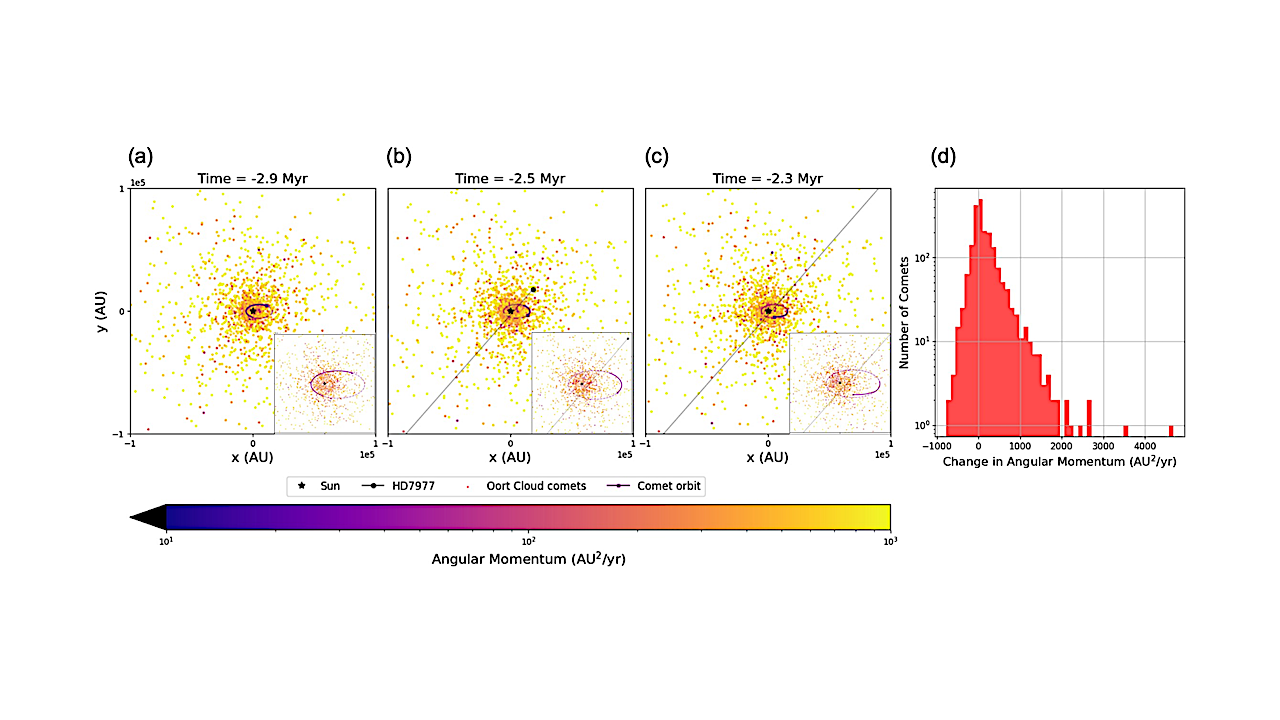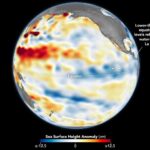Raman optical observations at 10× and 100× showing original halite hopper crystal and microbial movement within fluid inclusions entombed within the crystal structure. (A) Entire halite cubic crystal showing rectangular
Astrobiology15- Page
The European Space Agency’s Mars Express orbiter captured this view of Mars’ south polar ice cap Feb. 25, 2015. Three years later, the spacecraft detected a signal from the area
ALMA Band 5 images of the HL Tau disk and the 321 GHz H2O line. The continuum (top left) and the JvM-corrected integrated intensity maps of the H2O line at
Schematic illustration of the favored Earth formation scenario implied by our results. Top: From left to right, we show the different formation stages of the Earth from a side-view of
(a) TEM image (mass thickness contrast) of a FIB-prepared cross section showing a deposited porous magnesium silicate layer on a silicon wafer. The layer has a variable thickness and a
The abstract in PubMed or at the publisher’s site is linked when available and will open in a new window. Douglas GL, Bell ST, Roma PG, Oswald T, Young M.Food
MATRIX injection-and-recovery experiment conducted to establish the detection limits using the ten TESS sectors described in Sect. 3.1. We explored a total of 18000 different scenarios, where each pixel evaluated
NASA Astrobiology Program Status Report NASA SMD November 24, 2025 NASA Science Mission Directorate To the NASA Science Community, Now that NASA SMD has returned to normal operations, we are
NASA Exoplanets System Science Extraterrestrial Photosynthesis Workshop May 15-17, 2026Heidel House, Green Lake, Wisconsin, USAPreceding AbSciCon 2026 Applications for the NExSS Extraterrestrial Photosynthesis Workshop are now open. Deadline to apply
Panel (a)-(c) is the snapshots of the REBOUND simulation. Colors represent the angular momentum value of each comet. Those with blue colors have a possibility of entering the inner solar
-
 012024 in Review: Highlights from NASA in Silicon Valley
012024 in Review: Highlights from NASA in Silicon Valley -
 02Panasonic Leica Summilux DG 15mm f/1.7 ASPH review
02Panasonic Leica Summilux DG 15mm f/1.7 ASPH review -
 03From Polymerization-Enabled Folding and Assembly to Chemical Evolution: Key Processes for Emergence of Functional Polymers in the Origin of Life
03From Polymerization-Enabled Folding and Assembly to Chemical Evolution: Key Processes for Emergence of Functional Polymers in the Origin of Life -
 04How New NASA, India Earth Satellite NISAR Will See Earth
04How New NASA, India Earth Satellite NISAR Will See Earth -
 05And Thus Begins A New Year For Life On Earth
05And Thus Begins A New Year For Life On Earth -
 06Astronomy Activation Ambassadors: A New Era
06Astronomy Activation Ambassadors: A New Era -
07SpaceX launch surge helps set new global launch record in 2024


